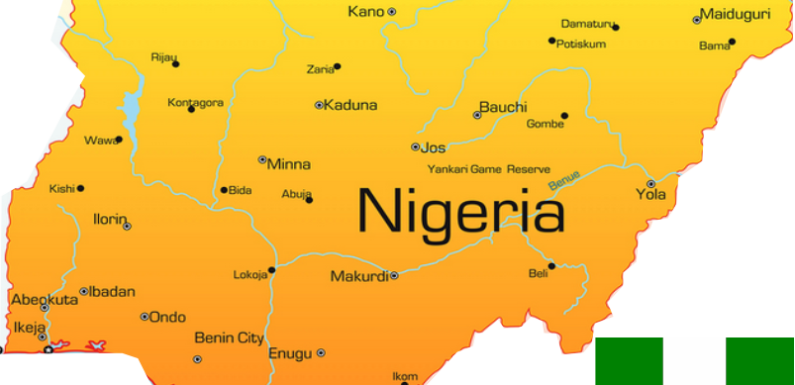
Income alone cannot be used to classify rich and poor people, the United Nations Development Programme (UNDP) has said.
According to the United Nations body, findings from the 2019 global Multidimensional Poverty Index (MPI) have shown that there are disparities in how people experience poverty, revealing vast inequalities among countries and among the poor themselves.
A statement on Thursday from the UNDP said: “”The traditional concept of poverty is outdated.”
Relying on a new report released today by the United Nations Development Programme (UNDP) and the Oxford Poverty and Human Development Initiative (OPHI), the statement said: “New data demonstrate more clearly than ever that labeling countries – or even households – as rich and poor is an oversimplification.”
The statement, quoting Achim Steiner, UNDP Administrator, said: “To fight poverty, one needs to know where poor people live. They are not evenly spread across a country, not even within a household.””He noted that: “The 2019 global Multidimensional Poverty Index provides the detailed information policy makers need to more effectively target their policies.”
The statement revealed that the MPI goes beyond income as the sole indicator for poverty, by exploring the ways in which people experience poverty in their health, education, and standard of living.
Particularly the report revealed that “in Nigeria, even though the proportion of people who are multidimensionally poor has remained constant at just over 50% over the past decade (upto 2017) the actual the number of people who are multidimensionally poor increased from 86 million to 98 million over the same period.
Also, important to note from the report is that when compared to the national poverty line which measure income/consumption, a larger proportion of Nigerians (51%) are multidimensionally poor than those that are income poor (46%).”
The statement added that: “This year’s MPI results show that more than two-thirds of the multidimensionally poor—886 million people—live in middle-income countries. A further 440 million live in low-income countries. In both groups, data show, simple national averages can hide enormous inequality in patterns of poverty within countries.”
Also showing the example of Nigeria, the statement said: “Even though the national average shows that around 50% of Nigeria are multidimensionally poor, state and local government levels will reveal a completely different scenario – higher or even lower levels.”
It added that: “There is even inequality under the same roof In South Asia, for example, almost a quarter of children under five live in households where at least one child in the household is malnourished and at least one child is not.”
The statement quoted Pedro Conceição, Director of the Human Development Report Office at UNDP, as saying that: “We need—even amongst those living in poverty—to understand people’s different experiences of deprivation. Are they malnourished? Can they go to school? Only then will poverty reduction policies be both efficient and effective.”The statement said: “”There is also inequality among the poor. Findings of the 2019 global MPI also paint a detailed picture of the many differences in how – and how deeply – people experience poverty. Deprivations among the poor vary enormously: in general, higher MPI values go hand in hand with greater variation in the intensity of poverty.”
The statement said: “Results also show that children suffer poverty more intensely than adults and are more likely to be deprived in all 10 of the MPI indicators, lacking essentials such as clean water, sanitation, adequate nutrition or primary education.
It indicated that more staggering, worldwide, one in three children is multidimensionally poor, compared to one in six adults. That means that nearly half of the people living in multidimensional poverty—663 million—are children, with the youngest children bearing the greatest burden.
It however said that new data have shown a positive trend that those furthest behind are moving up the fastest.
“We looked at data for a group of ten middle- and low-income countries and we found encouraging news that the bottom 40 percent were moving faster than the rest,” Sabina Alkire, OPHI Director, was quoted as saying, adding that there is: “A pro-poor pattern that reduces inequalities in several Sustainable Development Goals.”
The 2019 global MPI paints a detailed picture of poverty for 101 countries and 1,119 subnational regions covering 76 percent of the global population, going beyond simple income-based measures to look at how people experience poverty every day.

